BUTTERFLIES AND MOTHS
Posts relating to butterfly and moth, outings, day trips and holidays.
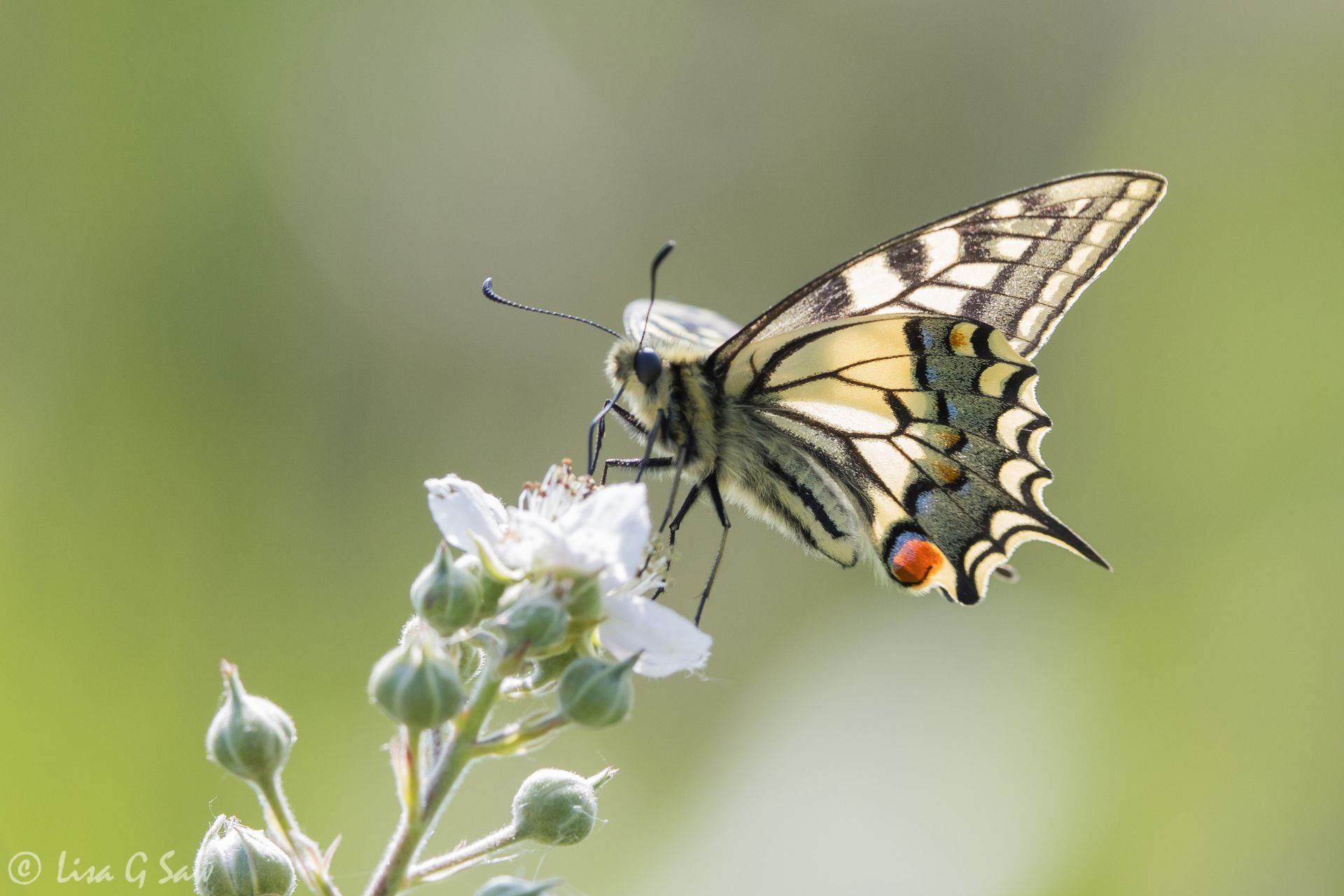
In the first part of this blog post - Swallowtails in Norfolk - I wrote about our first two days spent mostly at Strumpshaw Fen, where I successfully saw my first ever Swallowtail butterfly. Following this, we had two more days exploring the area. I still hoped I'd see more of this beautiful native species at some of the other reserves. DAY 3 The forecast for this day wasn't great, but at least dry. There wouldn't be much chance of any sunshine until the afternoon, when it would warm up a bit. So, we decided to head to Buxton Heath, on the other side of Norwich. Bob knew it was a good site for the Silver-studded Blue butterfly. It's a species we have in just two locations within Sussex - both of which we've been to. It's a species that thrives on heathland and can be found in good numbers in the right habitat if it's managed well - with grazing or periodic burning in patches. It turned out the forecast wasn't very accurate. When we arrived, it was already brightening up and our chance of finding roosting butterflies disappeared very quickly. However, it was lovely exploring somewhere new and aside from one other couple and a man working there, we didn't see anyone else for the three hours we were there. We left the car park and headed towards the northern corner of the heath first and in next to no time, Bob spotted one flying. I stopped and looked down and saw there was another right beside me. I used my bins to take a closer look and suddenly noticed there were ants crawling around it. Instantly, I knew this was something special. The butterfly had only just emerged. I quickly took some photos but was having real issues with my camera. I was so disappointed not to get any good photos. The butterfly is out of focus but the ant is sharp!!! Hmmm! Not what I was going for! This close relationship with ants occurs with a few of the blue species of butterfly, such as the Large Blue, Adonis Blue and Chalkhill Blue. It's the first time I've ever seen the ants in attendance of a new emerged butterfly, so I was thrilled at least to have seen it.
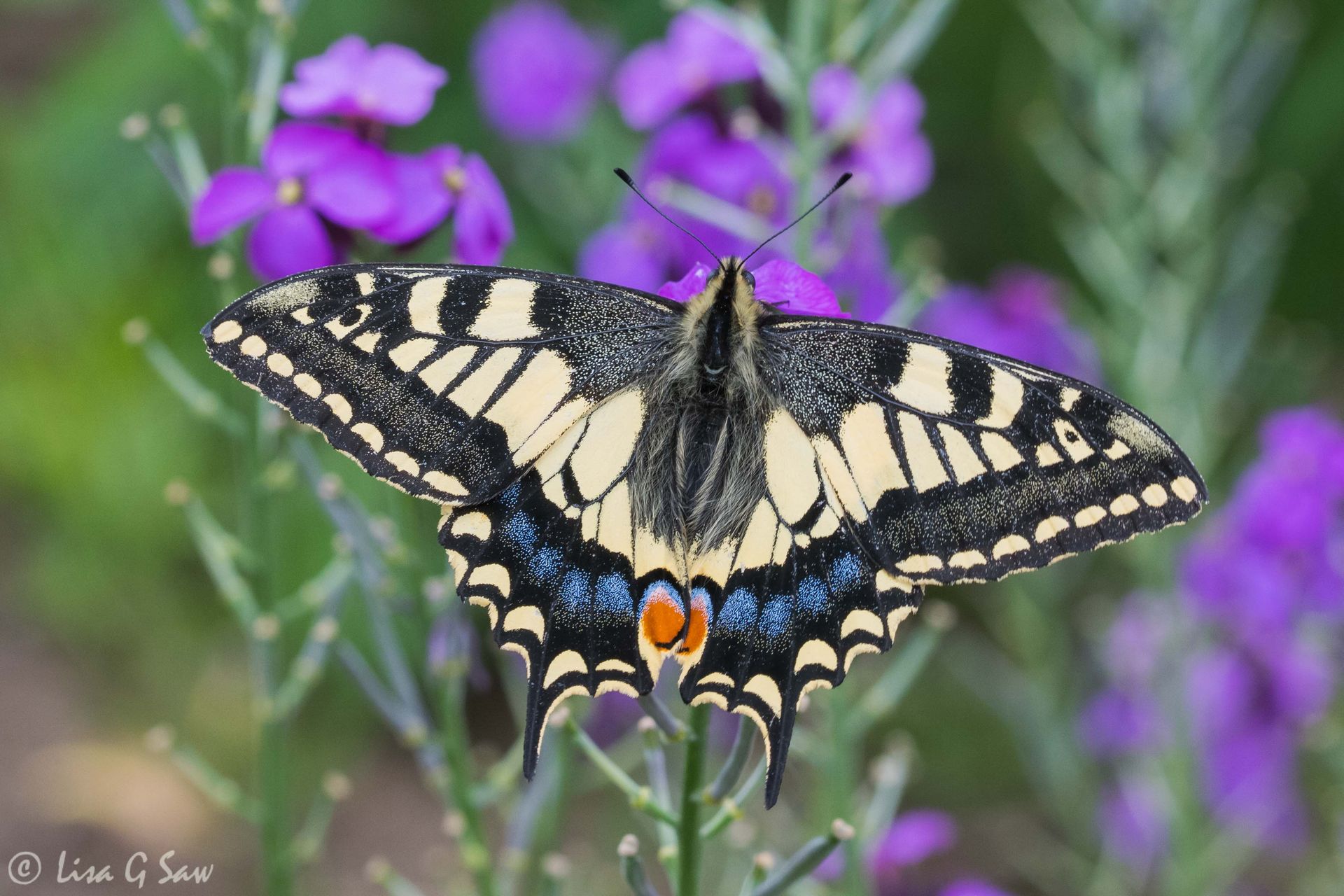
When Bob and I returned from Kent, having just seen the Heath Fritillary , we looked at the weather for the following week and we saw that it was looking very changeable every day, with cool windy and/or wet weather forecast. The Swallowtail butterfly ( Papilio machaon ) is our largest native species found in the UK and Bob informed me they won't be flying if the conditions aren't good. They like the warmth! Now was not a good time for our hot spell to be over! With only one more week of my break from teaching left, we had little choice but to arrange our visit for then, regardless of the weather. I booked some accommodation for us and we figured that if we went for more than a couple of days, we were bound to have at least one fairly decent opportunity to see the final species on my UK list that I'd not seen before. DAY 1 As usual for us, we set off fairly early in the morning since we had over a three-hour drive ahead of us. The plan was to stop at Weeting Heath Nature Reserve, just inside the Norfolk border, so we could break up the drive and enjoy some time out in nature. The main purpose was to see the Stone Curlew that breed at this site ( Burhinus oedicnemus ). They're a rare summer visitor to the UK and I'd not heard of this species before. They're not in any way related to the Curlew ( Numenius arquata ), which I have seen before - though they are also quite rare and endangered. Their name relates to their similar call. We sat in two different hides during the course of the late morning and early afternoon and for quite some time we didn't think we were going to get lucky and see the Stone Curlew - though we did see a couple of Curlews. At one point I nipped back to the car, and of course that was when Bob saw one! It was on the far side of the field we were overlooking, but where the ground dipped lower out of sight. He saw it just as I was returning to the hide. So, I quickly sat down and looked for it, but I didn't get a chance to properly see it. We decided to stay a bit longer, and so this time Bob left the hide to fetch our lunch, and that was when the Stone Curlew reappeared. It even flew a short distance, quite low, as it apparently had a nest nearby and it wasn't happy about the Rooks that were too close for comfort. Don't hold your breath - the photo is pants! The bird was so far away and it was more of a record shot. However, I did enjoy watching it through my binoculars.
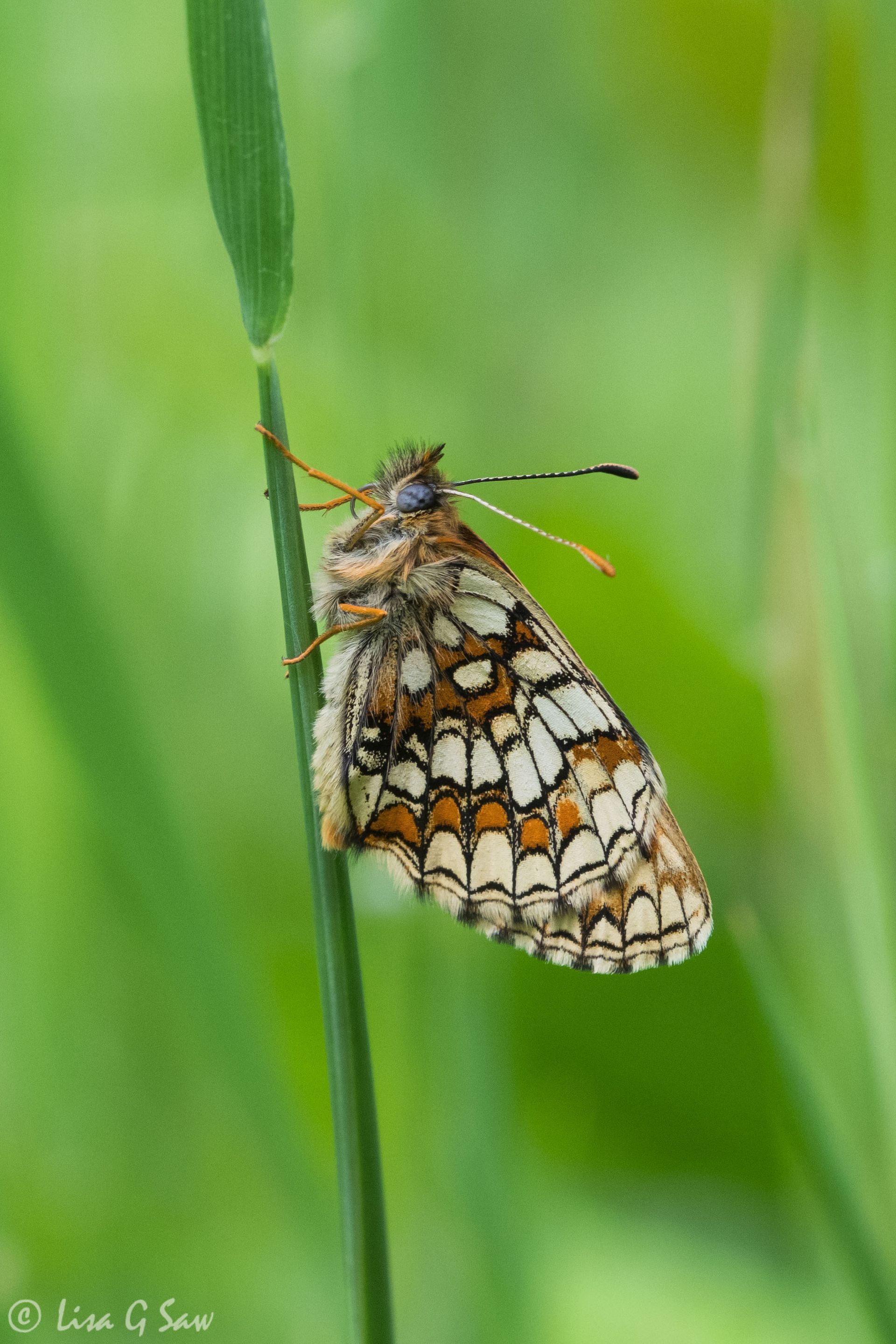
When Bob and I returned from our Isle of Wight trip to see the Glanville Fritillary for the first time, I was eager for the next challenge - seeing the Heath Fritillary butterfly in Kent. However, the weather wasn't quite ideal and I had to sit tight for another week before there was a good opportunity for us to head over for the day. Thankfully, it was a Friday, which meant there would be fewer people around, which we both prefer as it's more peaceful. It was still very early in the flight season with only a few sightings having been posted on social media, and this meant we might have a good chance of seeing some fresh butterflies, which is always lovely when they look pristine and fresh. Thankfully, we both don't mind the early starts when there is a good reason for it and it wasn't too ridiculously early on this occasion! It took us just over two hours to reach East Blean Woods car park, after a few detours and delays. We arrived just after 9am and only a few other vehicles were parked there. It was still slightly cool and cloudy, which meant the butterflies wouldn't be too active yet. This was ideal for us, so we could take plenty of photos. When we began the walk, I felt fairly oprtimistic we'd see some during the day, but I was prepared that we might need to look at various different sites in the area. I didn't expect that within 5 minutes of leaving the car park and having only walked 50 metres, I would spot the first one of the day, roosting on a bracken fern in the cool shade of the woods. It was a lovely fresh specimen and a wonderful start to the day. Within moments of me spotting this one, Bob saw another one roosting nearby. Fabulous!
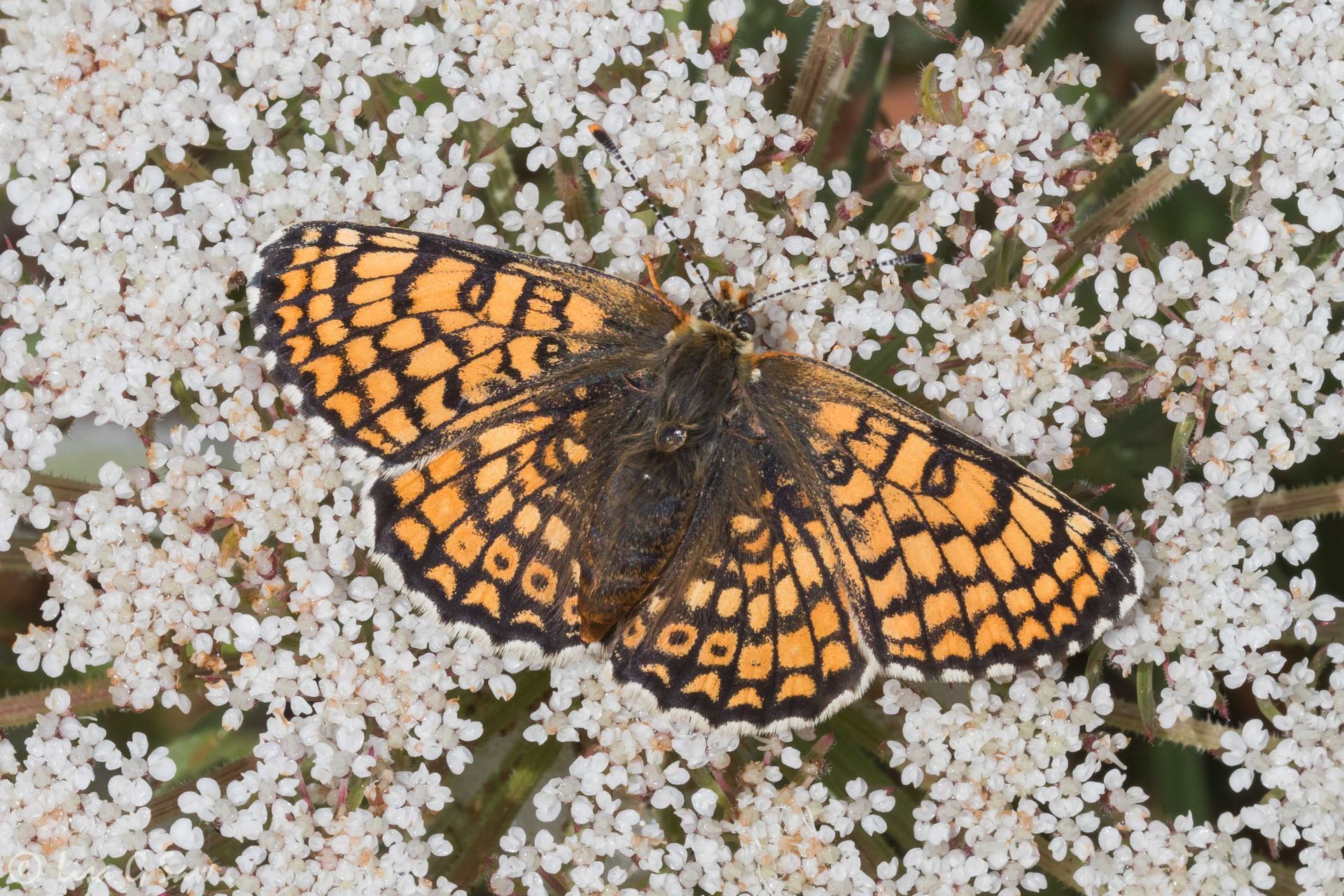
If you've been following my blog, you'll know that after I completed the challenge of seeing all the butterfly species we have in Sussex , I began a follow-up quest to see all the species of butterfly found in the UK. Last year, in 2024, a few trips north to Cumbria and Scotland gave me the opportunity to see many of the species not found in the south, including the Chequered Skipper , Large Heath and Scotch Argus . This meant I had only three more species left to see as we headed into 2025 - the Glanville Fritillary, Heath Fritillary and Swallowtail, all of which are either rare or scarce localised species. Since they all emerge around May and June, I took time off from work so Bob and I could be spontaneous about when we'd try and see each of these species. The weather would impact us to a large extent, and so too when each butterfly species would start to emerge. My first target for the year was the Glanville Fritillary on the Isle of Wight. DAY 1 Since most butterfly species this year have been early on account of the warm dry spring we've had, we ended up booking a few nights on the island in mid-May, as soon as we knew there was a good chance of some fairly nice weather. Booking the ferry and finding a lovely B&B in Ventnor at fairly short notice was thankfully easy. We got up at the crack of dawn on the Sunday of the Bank Holiday weekend. After having a fairly straightforward drive to Portsmouth and smooth ferry crossing, we reached Compton Beach on the south west of the island by mid-morning. It was cloudy when we arrived and Bob was eager to find some roosting Glanville Fritillaries. I was just eager to see my first one. We slowly ambled along the clifftop path, our eyes scouring the flowers along the way, hoping for that first flash of orange. As luck would have it, our first Glanville Fritillary was nectaring on a thistle right beside the path. It was a lovely fresh female. Her shorter, more rounded abdomen, was very apparent.
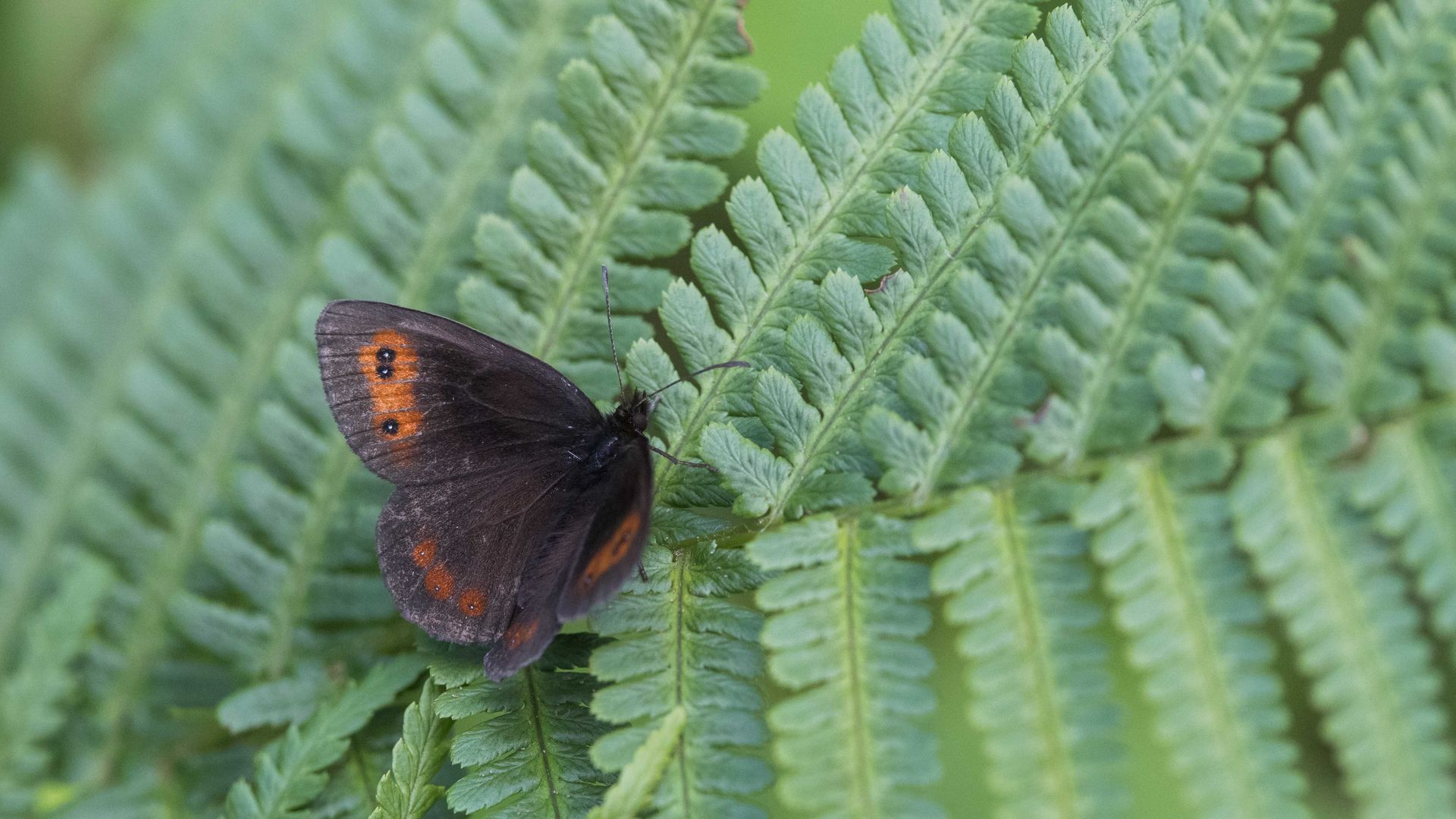
Earlier in the year, Bob and I had a wonderful holiday up in Scotland, focusing mostly on the Isle of Mull. I've written several blog posts about this trip, which you can read by clicking on this link . However, at the start and the end of our time up north, we went looking for new butterfly species for me - ones we don't see in the south of England. I'm currently in the process of trying to see all UK butterfly species. During our last few days of that holiday, we were in Cumbria searching for the Large Heath, Northern Brown Argus and the Mountain Ringlet. It was too early for the High Brown Fritillary following the cool damp spring, however, there was a chance of seeing some in early August, albeit potentially very tatty and right at the end of their flight season. We'd already started mulling over the idea of returning to Cumbria at that time of year to see another butterfly species new to me, the Scotch Argus. The opportunity to see both species was too tempting to pass by. So, we returned to Cumbria on 6th August, but this time just for two days. It was all we could fit in to our schedule.
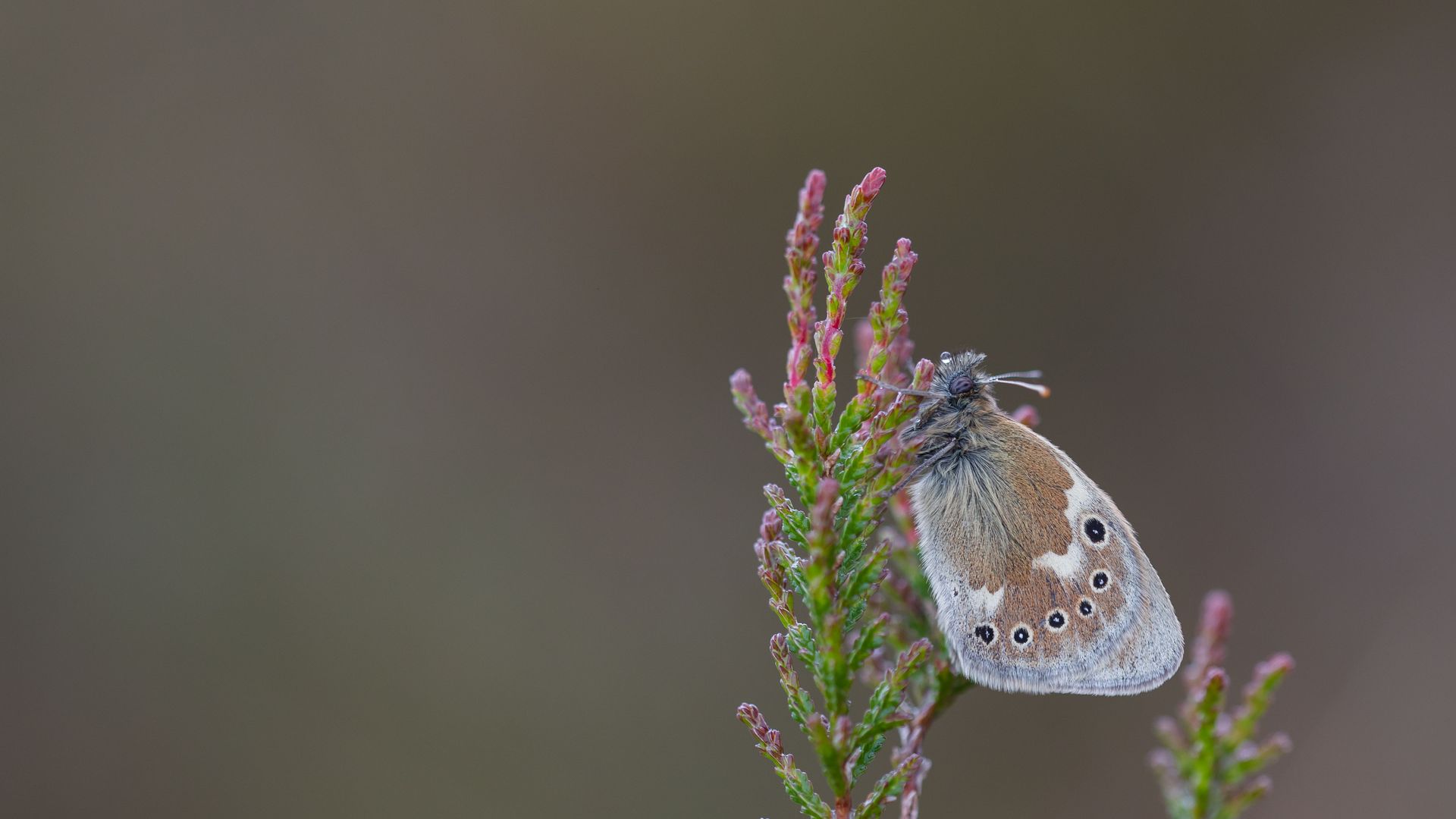
After our wonderful holiday up in Scotland, which I've written about in my previous posts - the last of which was Other Mull Highliahts - Bob and I headed to Cumbria. It was a great way for us to break up our journey south. We were based in Kendal. We had three full days and three new butterfly species for me to find: Large Heath, Northern Brown Argus and Mountain Ringlet. None of these species can be found in the south and I'm currently on a quest to see all species of Butterfly in the UK (mainland). I knew it was going to be a challenge because once again, the weather really wasn't on our side with mostly rain, wind and overcast conditions. But, after our success in Fort William and seeing my first Chequered Skipper in less than ideal conditions, I was optimistic there was still a chance of success, albeit small. DAY 1 Our focus on the Saturday was the Large Heath butterfly. It's a species that's endangered in the UK because so much of its habitat has been destroyed. They like wet boggy land and Meathop Moss Nature Reserve is a great place to see them. It was less than 30 minutes drive from our hotel. We headed off in really dreary weather wondering how the day ahead would unfold.
